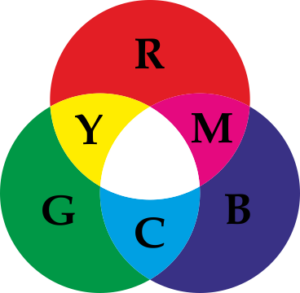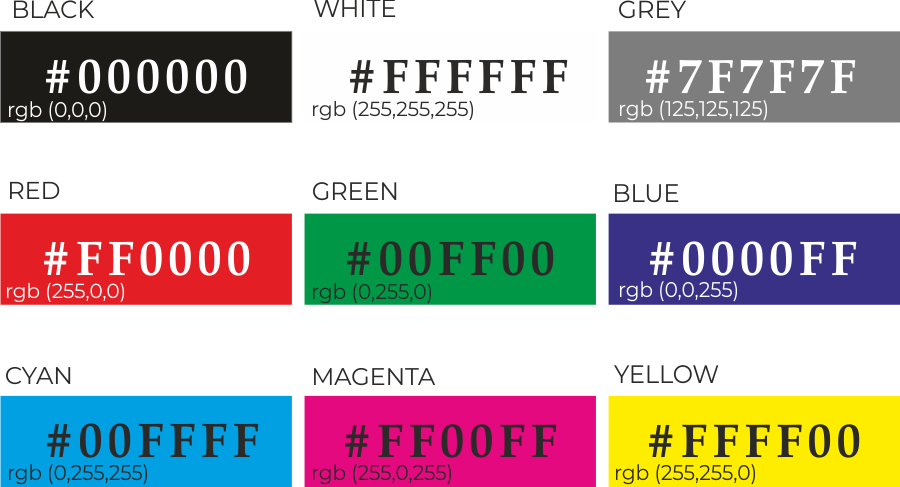Computers can’t work with information like us. They need very simple language and a very simple form of information. The simplest form of information is when we have only TWO STATES.
Yes / No
True / False
1/0
Thus, computers can work with information composed only of digits 1 and 0. If we want to write a number that we know in the decimal system in this way, we must convert it to a binary system.
1bit = base unit of information that takes the value 1 or 0.
How to encode a word?
In the binary COUNTER exhibit, we showed you how to turn a number written in the decimal system into a binary system and vice versa. But what do we do if we want to tell a computer a letter, word, or sentence?
There is an international ASCII table, with which we can assign each letter (or every other character on the keyboard) a number that represents it in the table. In the basic ASCII table we assign numbers from 0 to 255.
Hexadecimal system
The basis of this system is the number 16. While the binary system uses two different digits (0, 1) and the decimal system uses ten different digits (0, 1, … 9), the hexadecimal system uses 16. However, these are not new or fictional characters. The first 10 digits are borrowed from the decimal system (0, 1, … 9) and the remaining 6 are letters of the alphabet A (10), B (11), C (12), D (13), E (14) and F (15).

If we wanted to convert a number from decimal to 16, we would proceed in the same way as when converting from decimal to binary. However, we would not divide the numbers by number 2, but by the number 16.
Use in computer science
The number 16 is equal to 24, so one number in the 16-digit system can write a string of four digits in the binary system. The entry is therefore shorter and clearer.
What are hexadecimal colour codes (HEX)?
HEX colours are a way of representing RGB colours through hexadecimal values. These hexadecimal integers can range from 00 to FF to determine the colour intensity. Each shade R, G, B takes the value 0-255.
The RGB principle is used by all existing computer displays, telephones, televisions, cameras or video projectors.

For example: # 6a79f7 is rgb (106, 121, 247). 6a is red, 79 is green and f7 is blue.

How many colour shades can be created?
256 colour shades of red
256 colour shades of blue
256 colour shades of green
16,777,216 colours
QR code
Quick Response
You already know that computers can only read information in the form of 1 and 0. The computer reads an 8-bit string 11001101 as number 205.
However, if we wanted to pass this information to the computer in some visual way which the camera of your smartphone can easily read, we could display it as follows:

The black square represents 1 and the white 0. The computer reads this row of squares as 11001101.
But what if 8 bits are not enough for us and we want to read a longer message on our mobile phone, for example 625 bits?
Shall we use a long line with black and white squares? We probably wouldn’t be able to get such a long line into the view of a mobile phone camera in a mobile phone. It is much more practical to place it in a square with a specific structure.
The QR code has a standard structure and contains some mandatory patterns so that the reader can read it correctly. The other squares form the message we want to pass.

How many bytes of information can we get in the given QR code, if we do not count the areas containing mandatory information?
Thanks to the QR code, any text information can be accessed to your mobile phone very easily and quickly. For example, a link to a web address. What information is below this QR code?





